It is now clear that after some years of normative drawings and shiny renderings like the ones defining the aesthetics of a Mark magazine, the architectural world, or at least an increasing segment of it, is rediscovering the patient, slow and meticolous practice of story-telling through drawing.
Architectural ideas, like Jesen Tanadi at the Draftery suggests, are not only “manifested on a site made of dirt, sand or water”, rather, we need to “examine narrative as an organizing principle in works that act as public exhortations – whether political or ideological in nature, or whether they simply unveil hidden meanings behind everyday objects”.
Of course the tradition of drawing was lasting in the academic world of Ivy-league American and English schools, but their self-absorbing, self-referential attitude is giving way to a new “call for action” even among practicing architects, who feel to need to reengage in a cultural discourse they have been progressively excluded from.
Let me be clear: I don’t see this tendency as a straigthbackward return to avantgarde paper architecture, but rather to a rediscovering of the prerogative role of the architect, a political thinker that needs to reinvent his work tools in a society who’s paving the way to increasingly technocratic management, whether this happens in politics or in building construction.
The reject of roles, normatives, and the return of the architect to the societal debate has to be done first and foremost through architects’ prerogative: drawing.
Welcome then to the people who are hardly working to propose an “augmentation to the accepted norm”, to foster the idea of architecture as a cultural determinant.
Our “Internet” friend Jesen Tanadi, an architect and printmaker based in Providence, Rhode Island, is without doubts, one of these few people. Working in-between the immaterial image-hungry context of the Internet age and the extreme accuracy of a paper publication, his The-Draftery acts only apparently as an archive of architectural visual delights, in fact its role, really, is to “champions those who haven’t traded their craft/skill/care for the expediency/ease/uniformity of the current digital age.”

In my hands I have his last publication: the Draftery titled: “Fig. 02 – Narrative Exhortations“. Some would say a fanzine, but I’d prefer to abstain from this definition, as I don’t see, in these pages, any of the punk urgency that defined the aesthetics of music fanzines during the 70’s through the 90’s, when they almost disappeared, replaced by the mass of information of the digital age.
Rather, the beautifully cured choice of paper, the proper introductory texts and the limited selection of works makes this journal a priviledged, slow experience.
Featured here are the visual works of five young architects, artists and writers, and an essay titled “The Inarticulate Cry,” by Athanasiou Geolas.
The trait d’union of their works is the ways in which architecture manifests through graphic object rather than as spatial artifact.


Dan Wood, an artist and printmaker based in Providence, Rhode Island, investigates the role of mundane objects as meaning signifiers. Through decontextualization he aims to shed new light in the way we perceive our present and historical surroundings.


Athanasiou Geolas, currently pursuing a Fulbright Fellowship in Athens, Greece, is interested in the mental and physical space of reading. “The weight and thickness of books and drawings is no less present than the worlds that they evoke to us”.

Oliviu Lugojan-Ghenciu‘s someone we already know here on Socks. A London-based “motion space designer,” and recent graduate of London’s Architectural Association, his work is a statement on the definition of architectural representation, on the necessary appraisal of any techniques and the role of the architect of a novelist and a dreamer, rather than a coder or a mere draftsman.

Luke Pearson, an architectural artist, designer, editor, and teacher at London’s UCL Bartlett, pushes his research into the ties between architecture and ideology. His dense works drew from historical references such as Hugh Ferriss’ drawings.

Thomas Hillier, currently lives, exhibits work, and teaches in London. His interest is in the possibility of translating literature into urban and architectural space.

We really hope that this review be an incitement to support Jesen Tanadi and buy its the Draftery.
For more infos and a preview: here.
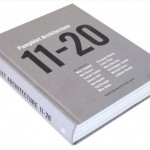
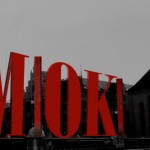
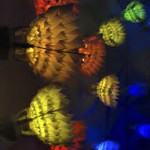
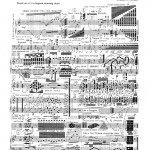
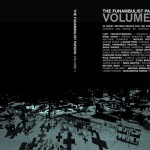
Leave a Reply